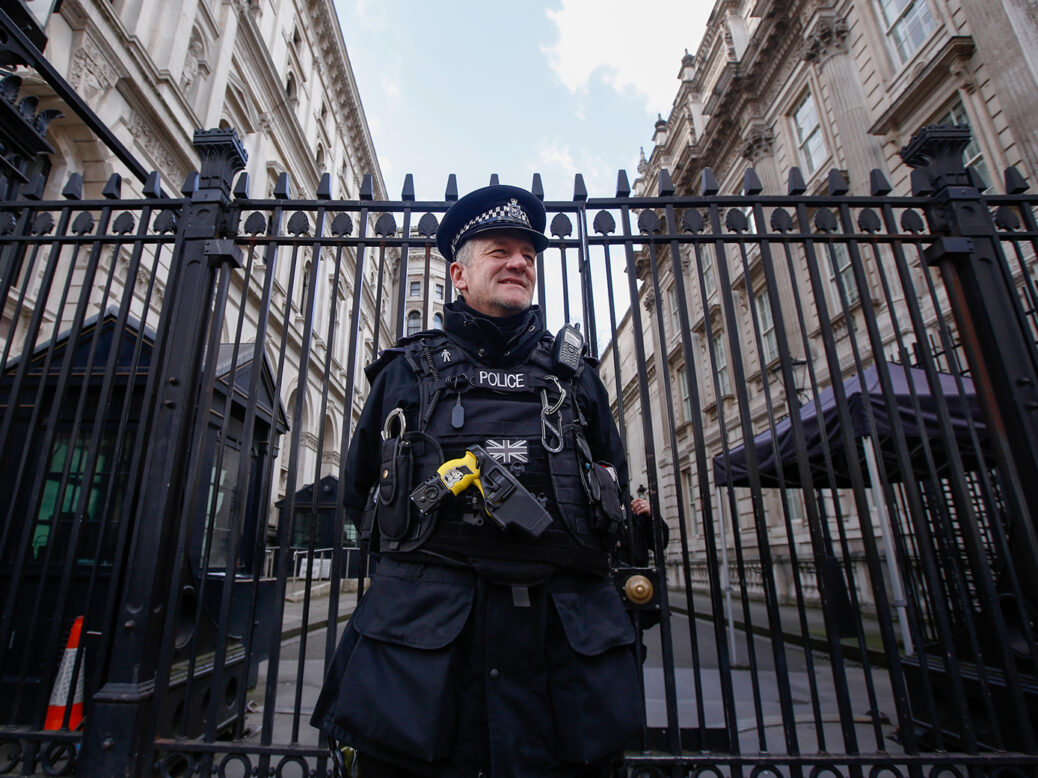
On 17 May Priti Patel, the Home Secretary, announced that part-time, volunteer special constables will be allowed to use electroshock weapons, ie stun guns, one of several measures included in “Operation Sceptre”, a government campaign promoting crime-fighting. This is cause for concern for several reasons.
For one thing, there was already a 37 per cent increase in the use of stun guns in England and Wales in 2019-20 compared with the previous year. The company Taser says that its devices have saved 257,195 people “from death or serious bodily injury” in situations in which firearms could otherwise have been used. However, Amnesty International says that in practice — in the US at least — stun guns are rarely used an alternative to firearms. Since 2000 more than a thousand people in the US have died shortly after being stunned with a Taser, according to Reuters research. Arming more officers with stun guns requires serious consideration.



